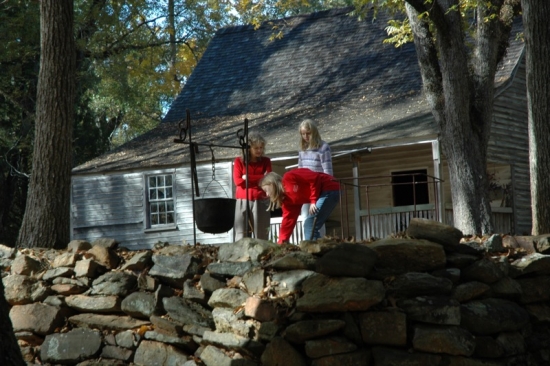
Region
Supported by a local Friends chapter and nestled in the red clay hills of Georgia, this cotton plantation was owned by a single family for more than 140 years. It survived Gen. Sherman’s “March to the Sea,” typhoid fever, the cotton boll weevil, the advent of steam power and a transition from farming to forestry. In 1847, John Fitz Jarrell built a simple heart pine house typical of most plantations and made many of the furnishings visitors see today. In 1860, the 600-acre plantation was farmed by 39 slaves. After the Civil War, John increased his land to nearly 1,000 acres farmed by former slaves. As John aged, most workers left and the slave houses deteriorated and disappeared.
